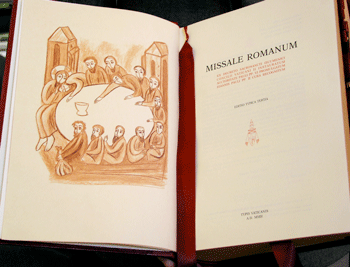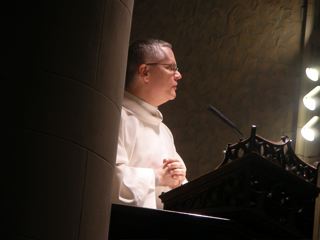
“Even the best of all possible translations of the new Missal will not suit every individual’s preference. No translation will be perfect. Proponents of the new text sometimes argue, perhaps unfairly, that the texts currently in use in our liturgy (in the present Sacramentary), the product of great efforts by translators from 1969 to 1973, are marked by a style of English that is flat and uninspiring. That text, however, has served the church in the English-speaking world well for more than thirty years, and has enabled us to take great strides in working toward the Council’s goal of “full, conscious, and active participation” in the liturgy. We should be careful not judge too hastily what has been the language of our worship. Our present texts are familiar and comfortable.
Those who have already been critical of the new text, often without having seen more than a few examples out of context, express concern about unfamiliar vocabulary and unnecessarily complicated sentence structures. Having been involved in the work of translation with ICEL and with the bishops’ Committee on Divine Worship, I can attest that the new translation is good and worthy of our use. It is not perfect, but perfection will come only when the liturgy on earth gives way to that of heaven, where all the saints praise God with one voice.”
You’ll find another view on the missal at this link.

